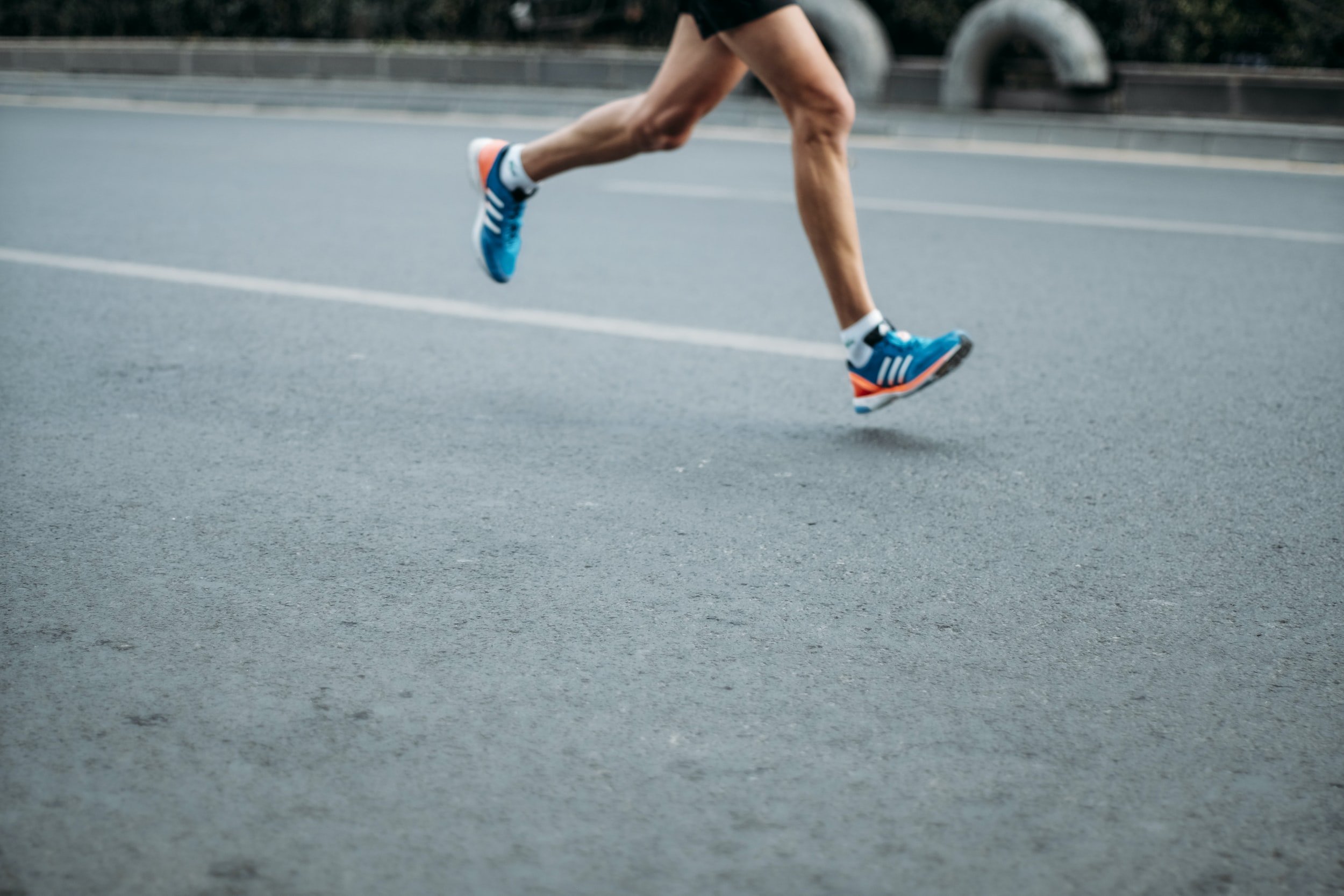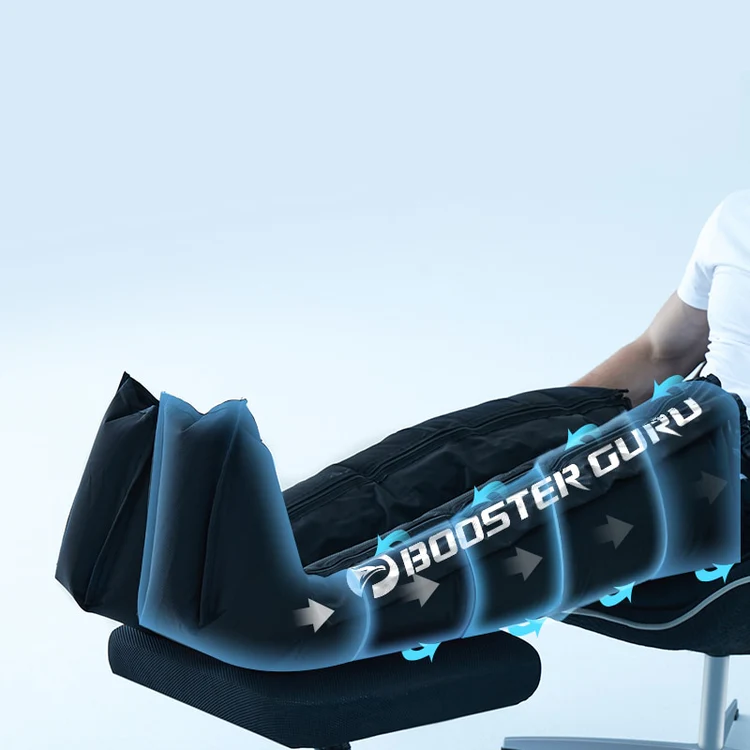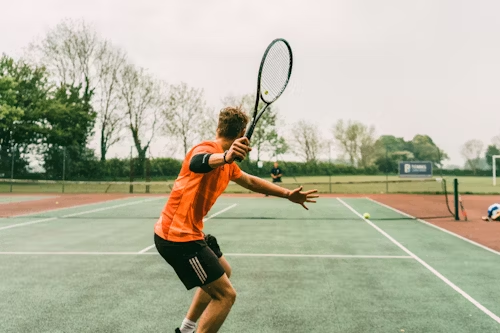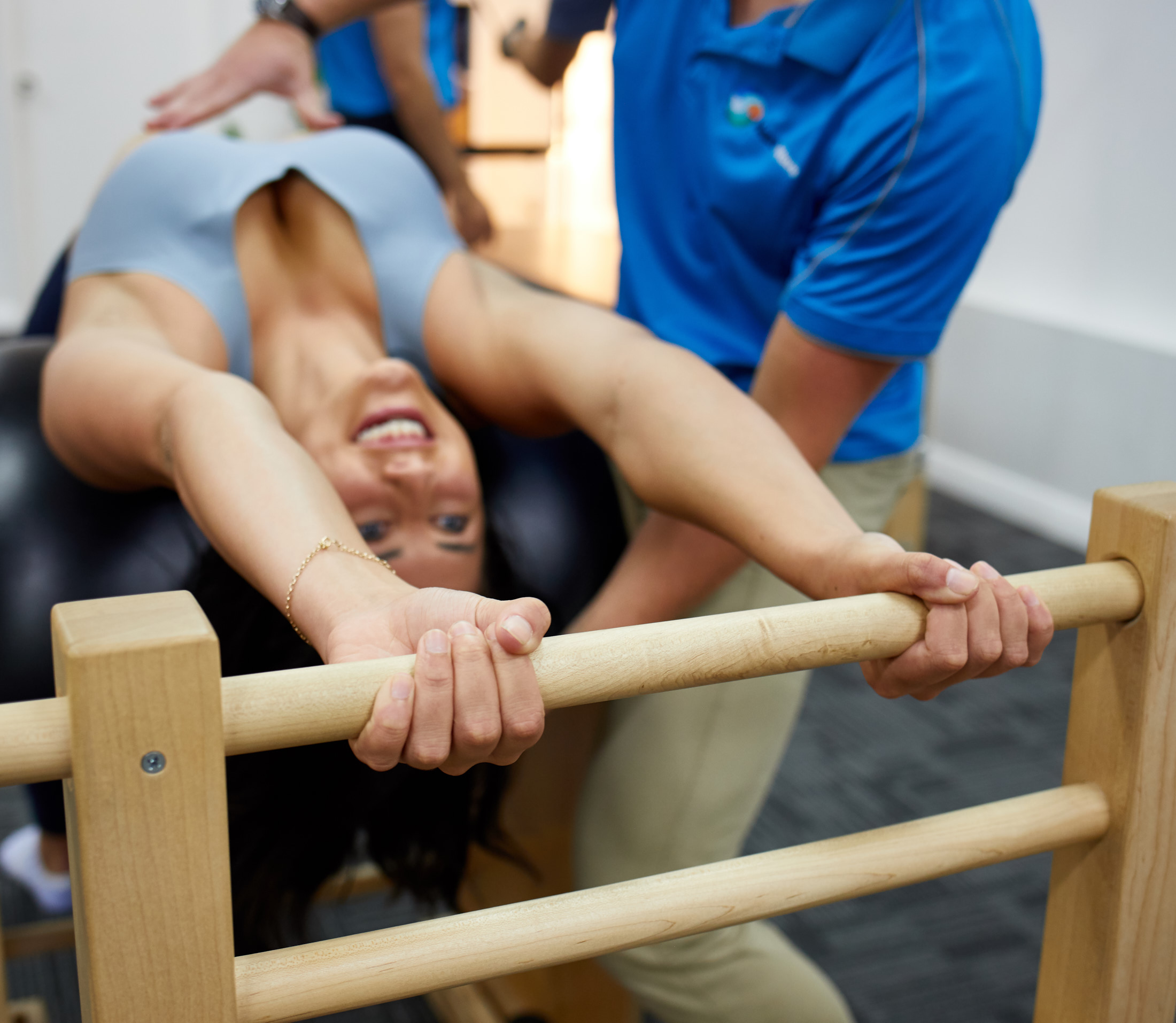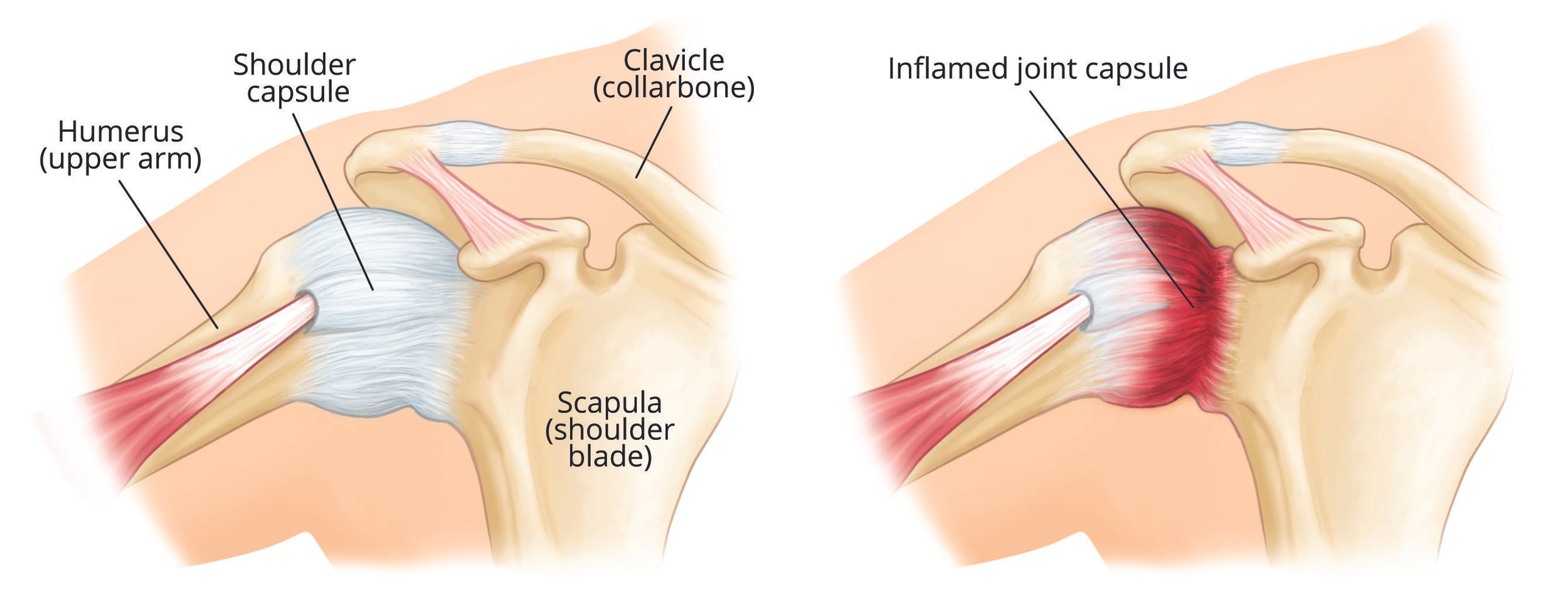Running can be hard on the body but the last thing a runner wants is to be injured. Dealing with a tender knee or niggly hamstring is just part of the course of being a runner or playing running sports. But it can sometimes be hard to figure out what’s actually going on and what’s causing it. Physiotherapy can help with injury prevention, acute treatment of injuries, address chronic overuse injuries and rehabilitation of specific injuries.
6 Common running injuries
The most common running injuries treated by Physiotherapists at Next Wave Therapy are:
-
Plantar fasciitis.
-
Runners’ knee.
-
Iliotibial band (ITB) syndrome.
-
Achilles tendonitis.
-
Shin splints.
-
Stress fractures.
What are running injuries and can you prevent them?
Up to 60% of runners have or will experience an injury severe enough for them to stop running or put them out of action for several weeks or months. Prevention is therefore the best first approach to managing running injuries.
Prevention of a running injury includes things like choosing the correct running shoe and reviewing your training schedule. Also consider the 3 main predictors which can be used to estimate injury risk to any runner. These are
-
running technique,
-
recent running load and
-
lower limb strength
Read more about this in this article
Running injuries can either be acute or chronic, but both need to be managed within an appropriate timeframe to gain optimal healing.
Acute pain
Acute injuries are sudden, sometimes violent injuries. These include broken bones, sprains and lacerations. Proper first aid for acute injuries includes stopping the bleeding, applying ice to the injured area, immobilizing the injured extremity. The British Journal of Sports Medicine (2020) guidelines known as PEACE & LOVE give advice for injury management.
Be on the lookout for immediate swelling or if there is persistent, severe pain. If you’re unable to use the injured part or if you hear or feel a tear, crack or pop, seek medical care as soon as possible.
Returning to sport after an injury is important but more importantly is to return in the correct way to prevent further injury. Find out more here.
You should contact your doctor or a physiotherapist if your pain continues despite decreased training, if your pain persists beyond 10 to 14 days or if the pain resolves with rest, but recurs once you resume training.
Overuse (or chronic) pain
Overuse injuries are due to a low-grade, abnormal force being applied repeatedly over a prolonged period of time. In other words everything that a running does to a persons body.
Many things can contribute to overuse injuries BUT overtraining is the leading cause. So it is important to be on the lookout for signs of overtraining. These include:
-
Weight loss.
-
Persistent feeling of fatigue or soreness.
-
Sleep disturbances.
-
Morning pulse increased by 10 beats per minute.
-
Recurrent sore throat or cold symptoms.
-
Persistent aches and pains.
-
Headaches.
-
Increased incidence of injury.
-
Not wanting to exercise or even run anymore.
Overuse injuries are the most common injuries for a runner to have and the type of injury treated at Next Wave Therapy in O’Connor (Fremantle area).
Treating an overuse (or chronic) running injury
Let’s face it running is mostly associated with some sort of pain. You can have good days when everything is ‘running fine’ but there can also be mediocre days with niggles of pain that maybe come and go but are tolerable. Then there are days when pain is up front and center stage in every step. Most runners will bounce between each of these 3 scenarios . A mild ache which lingers is bearable but not ideal as it is a warning sign that something not write. When you have a nagging injury with pain that has bothering you for a while this is red alert sign of an overuse (chronic) running injury.
Whether you’re in the lingering (comes and goes) or constant niggling pain, the simplest way to stop overuse pain is to reduce your training, using pain as a guide. Sometimes this means taking time off completely or dialing back on how often and how far you’re running each week.
For some people it may even mean missing a whole sport season or not training for a marathon. Sorry!
Physiotherapy for a Running Injury
The good news is there is a lot that physiotherapy can do help recovery from a running injury. Prevention, acute treatment and rehabilitation programs all differ depending on your injury and your running sport requirements.
Physiotherapy rehabilitation for running injuries begins with a comprehensive assessment. From there a treatment plan is devised which may include rehabilitation in our studio. Having a clear pathway from injury back to full health sets you up for a lifetime of running.
Contact Next Wave Therapy 08 93376460 to make an appointment or to find out more

